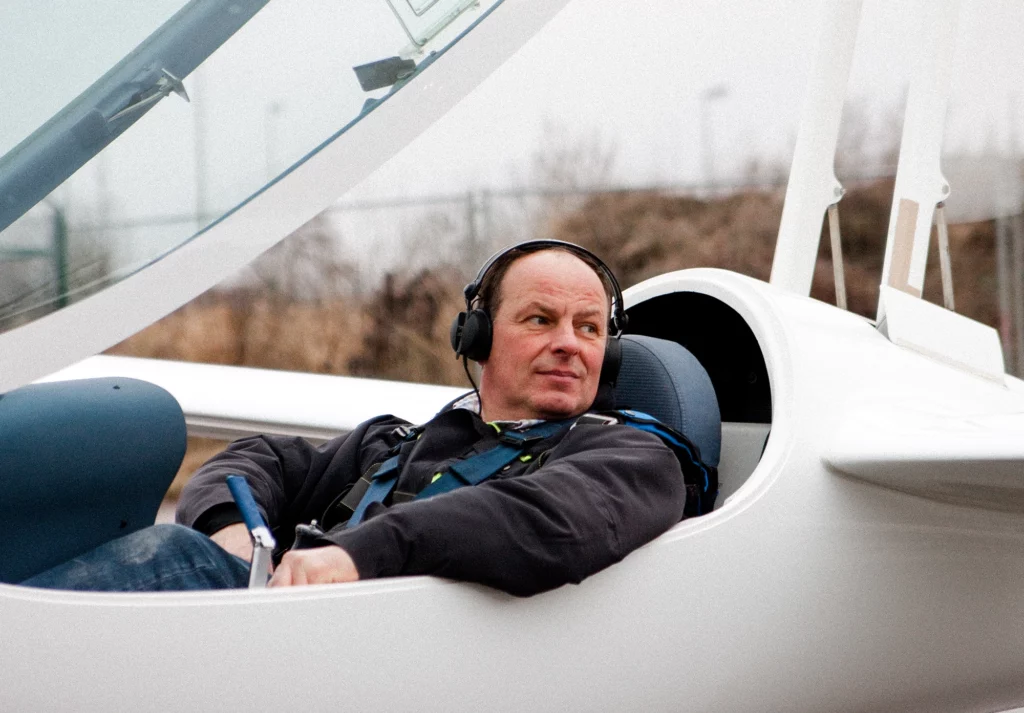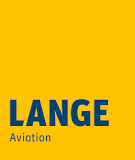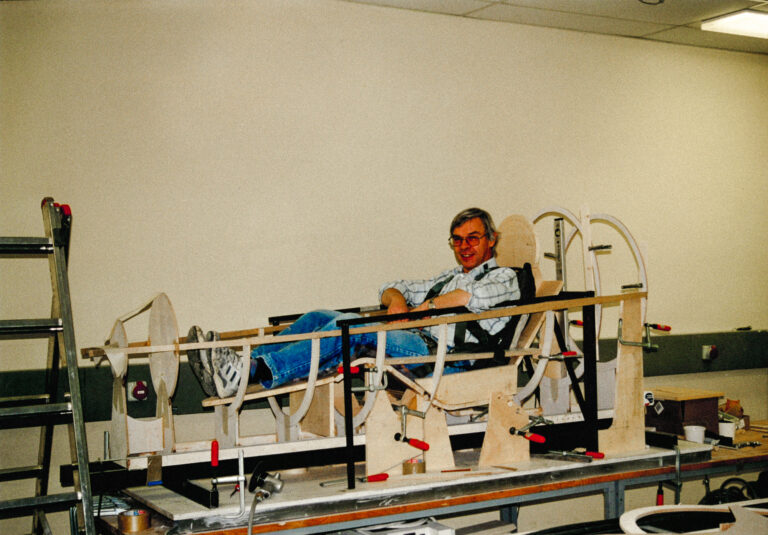
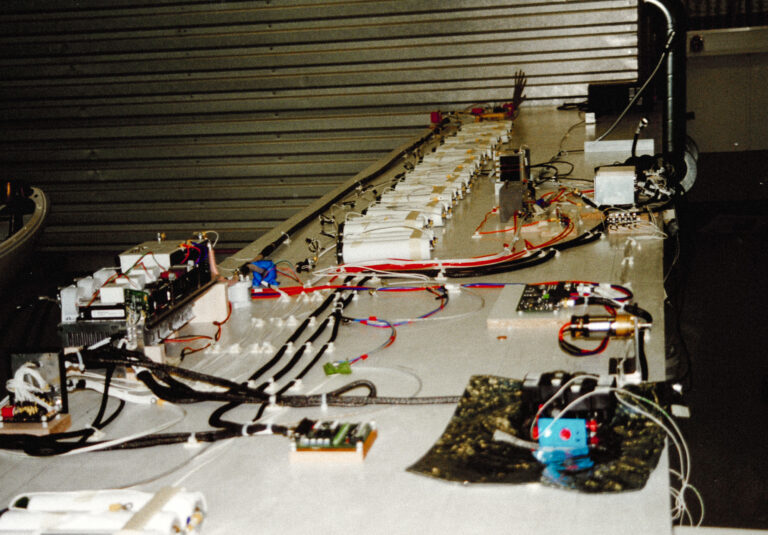
When Lange Aviation GmbH was founded, many considered ” electric flight” to be experimental and impractical. Hardly anyone believed in a commercial application. At the time, to work on electromobility was literally reaching for the stars, as it was still in its infancy due to a lack of available energy sources. Airborne solar cells were discussed, but they never showed the effectiveness that was necessary for an economically viable application. The history of electric flight needed a new approach.
Axel Lange is considered “the father of modern electric flight”. From an early stage, he was motivated to build a zero-emission aircraft and thus enable sustainable aviation.
Influenced by Militky’s electric model flying experiments in the late 1950s, Heinrich Brditschka’s circuit around the airfield with a converted combustion engine aircraft in 1973, Paul Mc Cready’s “Solar Challenger” and Günter Rochelt’s “Canard 2FL” in 1981, Axel Lange launched his “self-launching electric motor glider” project in 1996.
On May 7, 1999, a Lange technology demonstrator took off on its maiden flight and reached an altitude of 1900 meters using NiMh batteries. Axel Lange, pilot and certified engineer, and his team at the Zweibrücken plant had reached their first milestone. Finally, in 2003, the time had come: the first production model with a climb altitude of 3000 meters and SAFT Li-Ion batteries took off. The stars came a little closer – and this design and all future versions were given the brand name “Antares®” to suit.
It didn’t take long before the usability of the new Lange propulsion system was proven. Instead of nickel-cadmium batteries and nickel-metal hydride batteries, it utilized lithium-ion batteries, which were extremely innovative at the time. Technologically, it relied on an inverter and an asynchronous external rotor motor. From this starting point, drive electronics, aerodynamics, materials and processes were optimized in research projects together with renowned institutes and partners.
Lange Aviation can look back on 25 years of being a unique player in the field of electric flight. Following the initial certification of the Antares 20E, it was not until 2019 that a further EASA approval was granted for an electrically powered aircraft. Most of the research and development projects that have come onto the market between the late 2010s and today did not make it to series production – they remained prototypes, one-offs or UL approvals..
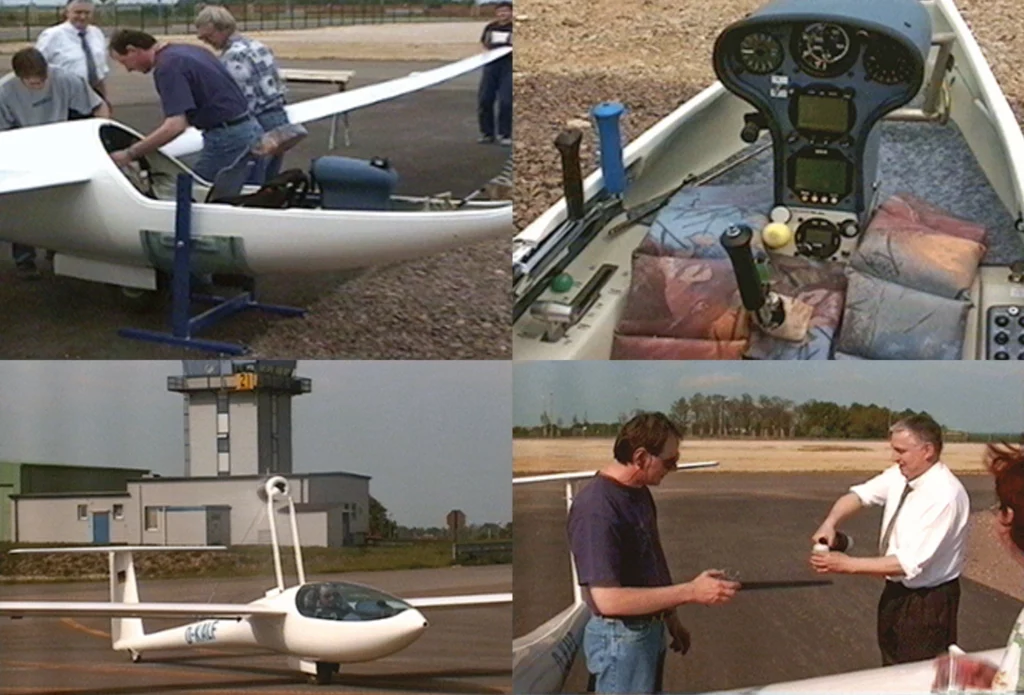
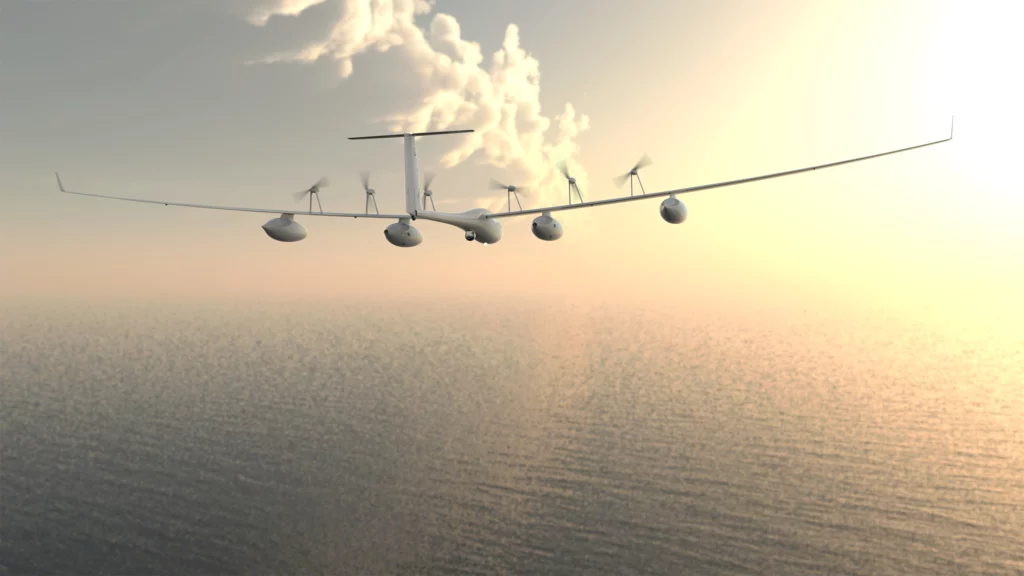
Today, electric flight benefits greatly from developments in the automotive industry. The energy density in battery cells is increasing, as is the availability of new, highly reliable battery technologies. This was not foreseeable at the beginning of the millennium. Hydrogen was seen as an alternative (and has now once again become a beacon of hope with regard to the worldwide energy transformation). In order to make hydrogen usable for electric flight, Lange Aviation once again entered uncharted territory. The Antares H2 was developed for the German Aerospace Center ( DLR ). In 2009, a manned aircraft flew for the first time exclusively on fuel cell power from take-off to landing and Axel Lange once again wrote aviation history.
The independent sister company Lange Research Aircraft GmbH is currently developing the Antares E2 with a wingspan of 23 meters and an expected range of up to 3,000 kilometers. The aircraft is based on the developments of the Antares series and isequipped with a novel propulsion system with six propellers driven by electric motors. The propulsive energy supply is provided by fuel cells. It can achieve flight times of 20 hours with a payload of 200 kg.
Lange Aviation GmbH currently employs 30 people at its headquarters and at the plant located at Zweibrücken Airport. Dipl.-Ing. Axel Lange remains the CEO of the company.
